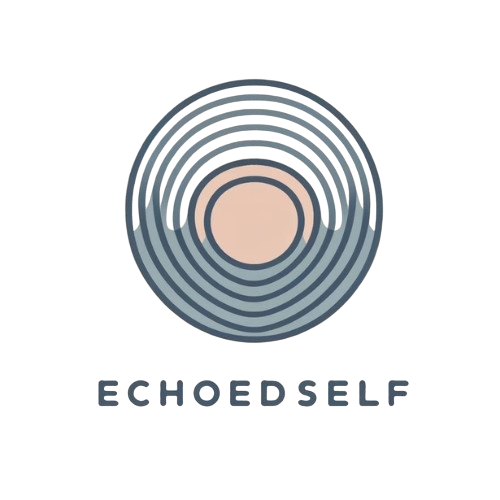Breathing through art: How deep breaths improve your creativity
There is a rhythm to creativity, just as there is a rhythm to the breath. Have you ever noticed how your breathing changes when you're deeply immersed in your art? When the brush glides effortlessly or your hands move instinctively over a page, there's a flow—a quiet dance between breath and movement. The inhale brings energy, the exhale releases tension, and somewhere in between, inspiration takes shape.
Breathwork is not just a tool for meditation or relaxation; it is a gateway to deeper creative expression. Whether you are an artist, an art therapist, or someone seeking to cultivate mindfulness through creativity, integrating conscious breathing into your practice can unlock new depths of artistic flow, ease anxiety, and bring a profound sense of presence to your work.
The breath as a creative companion
Breath supports movement. Dancers time their steps to inhalations and exhalations. Musicians regulate breath to control sound. In art, breath functions similarly—creating space for intuition, fluidity, and expression.
When you hold your breath, your body tenses, and creative energy constricts. Frustration builds. But with deep breathing, your muscles relax, your mind quiets, and your hands steady. The art that emerges becomes more organic, intuitive, and alive. Breath reminds us to stay present, to soften into the process, and to trust each unfolding stroke, shape, or color.
Breathing for inspiration: How breathwork can spark new creative ideas
Inspiration is often subtle. Breathwork helps you tune into it. Fast, shallow breathing triggers stress responses, making creativity harder. Deep, slow breathing calms the nervous system and invites mental openness.
Before a creative session, close your eyes and take a deep inhale through your nose. Hold it. Then exhale slowly through your mouth. Repeat three times. Imagine your mind clearing with each breath, making space for new ideas to emerge.
This practice helps you shift from overthinking to instinctive flow. It becomes second nature—an invisible but ever-present thread connecting breath to creative energy.
Breath and brush: Painting to the rhythm of your breathing
Flow in art is often rhythm-driven, and rhythm begins with breath. Try syncing brushstrokes or pencil movements with your breathing. Let your inhale guide one stroke, your exhale another. Let your breath dictate the speed and weight of your lines.
This is powerful for overcoming perfectionism. When movement aligns with breath, you focus on experience over outcome. The rhythm becomes meditative. Art becomes a moving meditation, like tai chi or dance.
Imagine painting clouds: airy strokes on the inhale, defined edges on the exhale. Sketching wind: lines that rise and fall with your breath. In this way, breath and brush merge, translating inner movement into visual form.
Mindful breathing and art: Combining relaxation with creativity
Art is a refuge. But even art can become stressful under pressure. Mindful breathing is the bridge back to ease.
Mindful breathing slows you down and centers you in the present. It shifts focus from product to process, judgment to acceptance. If you feel tense while creating, pause. Place one hand on your chest, the other on your belly. Inhale slowly. Feel your hands rise. Exhale. Feel them fall. Then return to your art with renewed ease.
For therapists and teachers, incorporating breath into sessions is transformative. Invite clients or students to breathe before starting a project. Encourage drawing or painting to the rhythm of breath. This deepens connection to both emotion and expression.
The power of air: Embracing lightness in creativity
Breath is air: expansive, light, flowing. Aligning your practice with these qualities opens creative potential.
Artists have long drawn inspiration from air. Wind patterns, cloud forms, and sky movements express emotion and freedom. Breath teaches us to move with creative cycles—sometimes calm, sometimes stormy.
You can't force creativity, just as you can't command the wind. But you can be ready. Breath invites openness and trust. It shows you that inspiration arises from presence, not pressure.
Breathing life into your art
Art is life expressed. Life is sustained by breath. Each inhale and exhale is part of a rhythm older than memory. Next time you create, begin with breath. Feel it in your body. Let it guide your hand, thoughts, emotions. Let it open a space within you.
Through breath, discover that relaxation is not the end goal but the beginning of creative possibility. Inhale curiosity. Exhale resistance. Let breath and art become one.
